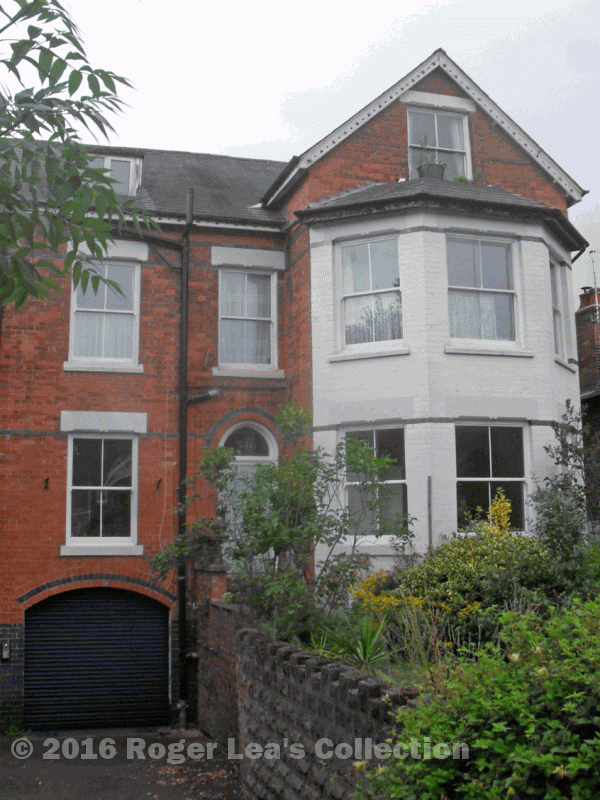When the commons were enclosed the heathland on either side of Chester Road became the property of private owners; most of the land to the north of Chester Road became the property of the Rector of Sutton, W.K.Riland Bedford, while the strip of land to the south, lying between Chester Road and the Erdington boundary, was divided into nine plots and sold to defray the expense of enclosure. There were no houses on either side of the road in 1830, but hundreds had been built by 1900.
Development along Chester Road began slowly - the 1841 census shows that only one of the purchasers of sale plots had built a house for himself - Thomas Taylor, a wealthy steel toy maker. He was a Sutton man with a Birmingham factory who previously lived in Yew Tree cottage not far away in what is now Yew Tree Road. The other twelve houses built along Chester Road by 1841 were occupied by artisans and labourers employed locally.
Most of the 28 household heads listed in the 1851 census for Chester Road were farm workers, but there was a beer seller and a shopkeeper. The newly enclosed commons were being converted into farmland, a process requiring intensive labour - there were seven agricultural labourers lodging with Edward Alkins the shopkeeper. Two of the houses were of superior quality, built for professional men seeking a quiet country-house life, John Lampert, a 56 year-old “Professor of Music and German”, born in Bavaria, and William Such, a landscape painter whose family had just moved in to their new house - his youngest daughter, born in Birmingham, was only nine months old.
The Sutton Coldfield part of Chester Road was still out in the country, and there were only 35 houses there in 1861. The public house at the Beggar’s Bush was now called the Hawthorn Bush, and at least two newcomers were Birmingham factory owners setting themselves up as country gentlemen and driving to and from their works in their carriage. Edwin Lewis, who lived at Orleans Villa, was a metal refiner employing thirty three workmen. Lewis gave evidence at a public enquiry in 1855, stating that he had lived in Sutton for eight years, and “I bought my house at £2,000 because I thought we had a right to the Park” - he had been in trouble for “sporting” (shooting game) illegally. Orleans Villa no longer exists, 544 Chester Road North and Cherry Lane occupy the site of the house and garden.
George Jones, an ironfounder with a workforce of 37, also gave evidence at the enquiry. His villa residence was on the corner of Court Lane, (now demolished), and he regularly travelled to Birmingham to attend to his business. When he first came to Sutton, in about 1850, he enjoyed sporting in the Park - “I could go into the Park and have nine brace of birds and snipe besides”. There were one or two other villa residences occupied by gem makers and a wine merchant who would travel to their business in Birmingham, but most of the householders were labouring men still.
In 1858 a railway line to Sutton from Aston was being planned, and the potential traffic was under consideration. The Chester Road area was dismissed as “a desert all the way to the Roman College”, and so no station was deemed to be necessary. The line opened in 1862 with no station at Chester Road, but the railway company soon realised that carrying commuters to and from Birmingham would be its main business. Chester Road Station, built in 1863, opened at the end of the year, houses for commuters were soon being built along Chester Road, and the character of the area changed completely.
